Finding Fifth Avenue's Lost Traffic Light Mercury Statues
What happened to the 104 bronze figures that once lined NYC's famous thoroughfare?!


Remember when images of Hailey Bieber were plastered all over the streets of NYC advertising Versace? Or posters of Rege Jean Page modeling Armani suits? Better yet, remember when you saw Spider-Man slap stickers on street signs at the movies? All of these campaigns are examples of wild posting. Wild posting in New York is a street-level, outdoor marketing tactic of pasting posters on fences, barricades, or often un-owned buildings to grab the attention of pedestrians. Its rugged appearance, creative approach, and proximity to the public are what make wild posting cool, original, and so New York.
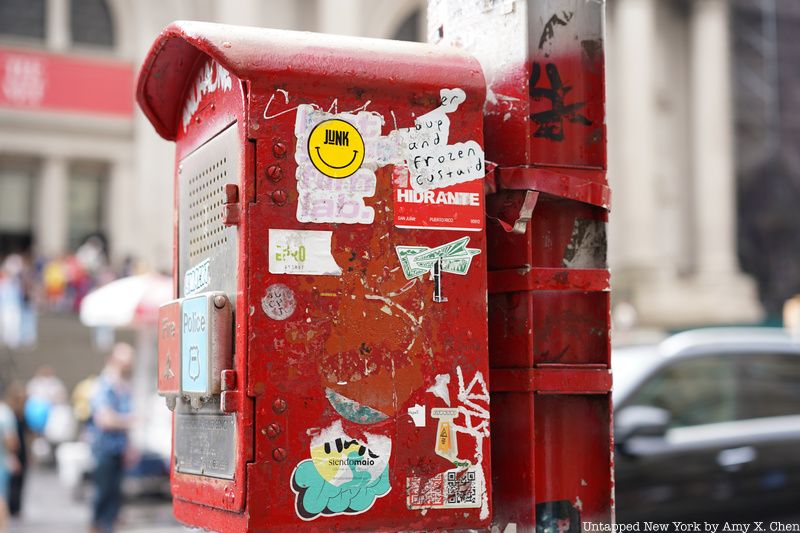
Wild postings aren’t your average subway ads or billboards. A wild posting is New York’s adaptation of “flyposting,” a Victorian-era form of news-spreading via poster that was popular in the United Kingdom from the late 1800s. This practice made its way to America and led to the formation of the International Bill Posters’ Association of North America. That association exists today as the Outdoor Advertising Association of America (OAAA), a group that regulates uniform scales of posting prices and acts as a watchdog against unfair policies in outdoor marketing.
It wasn’t until the 1960s in New York City that flyposting garnered its “wild” edge. Suddenly political radicals and punk music artists were using public postings to promote concerts, rallies, and social justice sentiments, with no regard for the rules and regulations. Musical performances and insider parties without a liquor license couldn’t legally post ads in local newspapers. The more inconspicuous and cost-efficient way of packing a full house was to use stencil graffiti and decals in places where people were bound to look. These illegal postings became a neighborhood staple in places like Manhattan’s Lower East Side and Soho. This wild approach to outreach was more direct and defiant than magazine placements and government-approved posters.
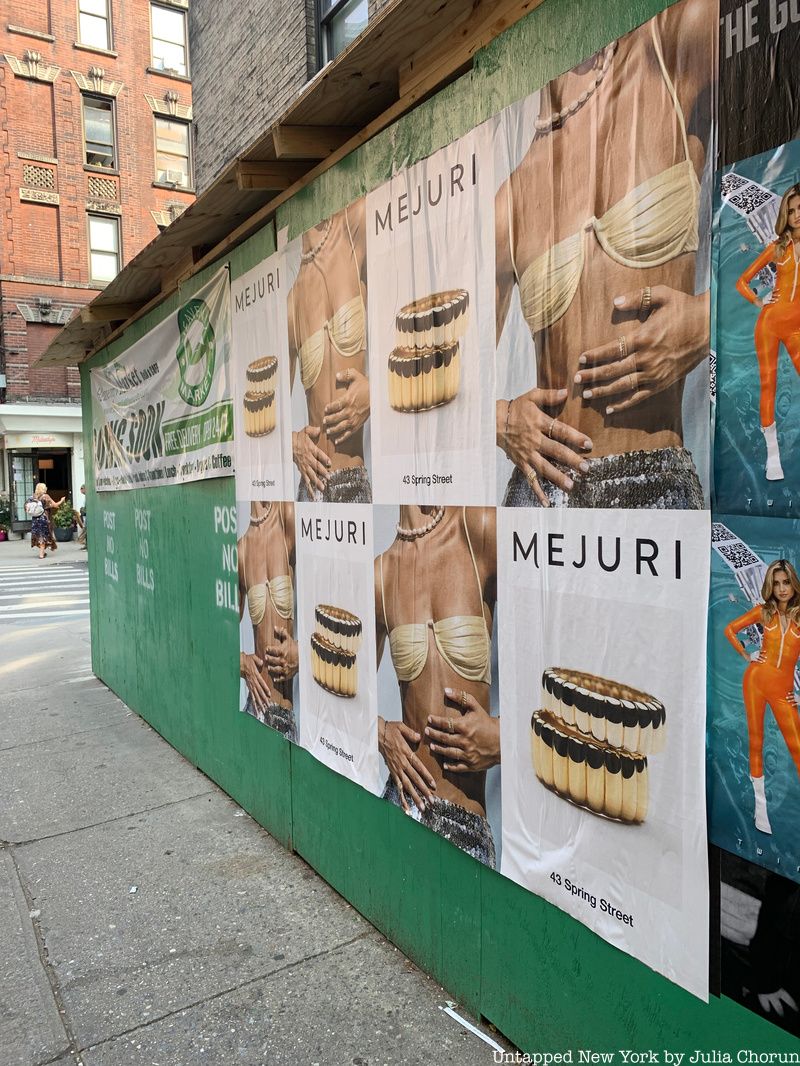
The greatest selling points of wild posting is its inexpensive cost. Where a billboard can cost up to $20,000 a day for brand exposure, a wild posting can be as cheap as the ingredients for wheatpaste, which is $1 per gallon, made of household items like flour, water, and sugar.
Back when slapping sticker ads on lamp posts was punk and radical, the government and older generations considered it a crude way of cutting corners. Most marketing officials had to pay extra for carefully placed ads and jump through hoops for approvals. It drove a separation between “high class” city residents and young artists who cared more about the message than society’s approval. What began as a marketing device became a free, independent art movement for creatives.
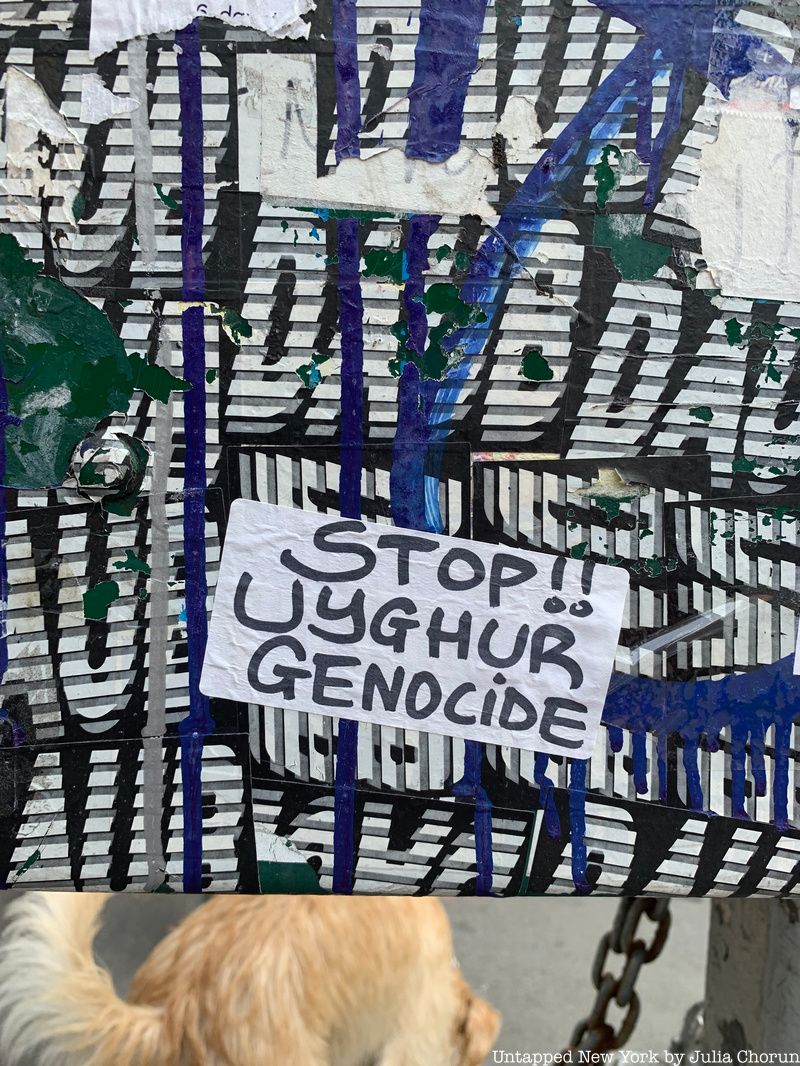
Since high-end companies have embraced the medium, the line drawn in the 1970s between grunge and the bourgeois has blurred. Now accepted as a desirable form of advertising by high-profile fashion labels and other brands, wild postings have become another commodity of the “urban media buying ecosystem,” a process largely enabled by gentrification. With an increase in expensive real estate and upper-middle-class residents, legal wild posting sites that are unclaimed and free of charge have become scarce. What was once a form of revolution and rebellion has grown into a way for more companies to profit from the public’s attention.
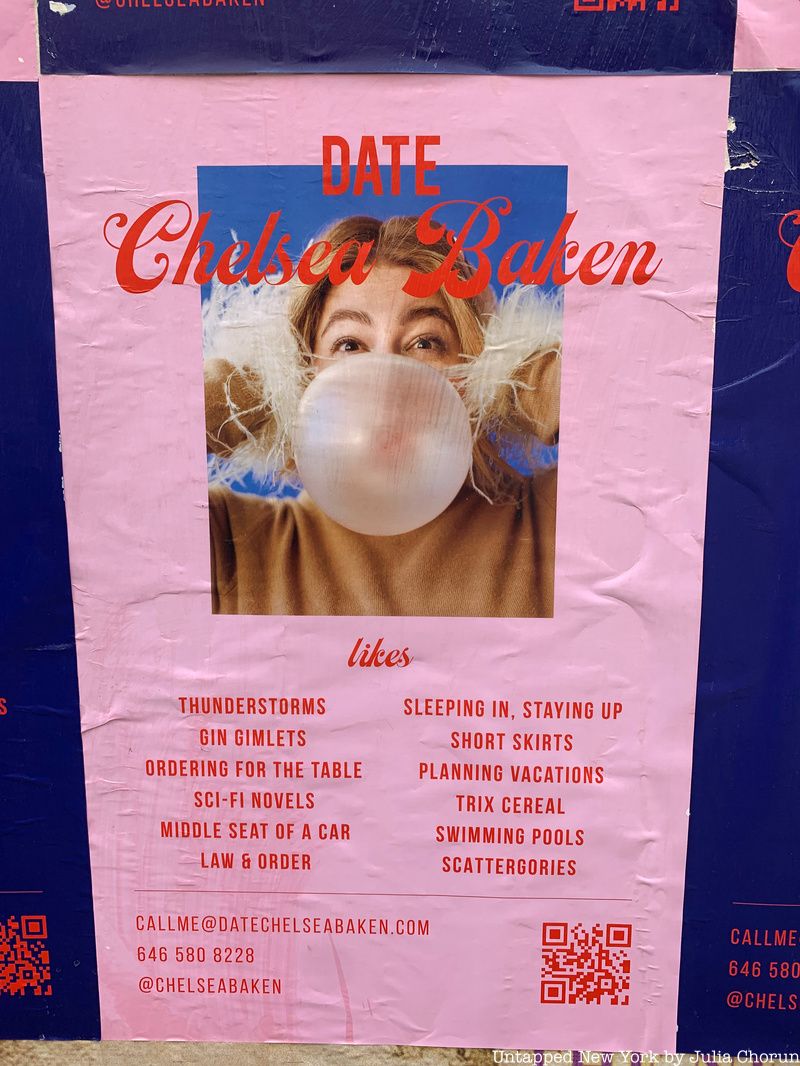
You’ve seen the “Post No Bills” signs spray painted onto scaffolding and construction barricades. So is wild posting legal? When done by the rules, yes. In order to avoid fines and removal, the spot on which the posting is pasted needs to have been paid for or the owner needs to have granted permission for the posting to be there.
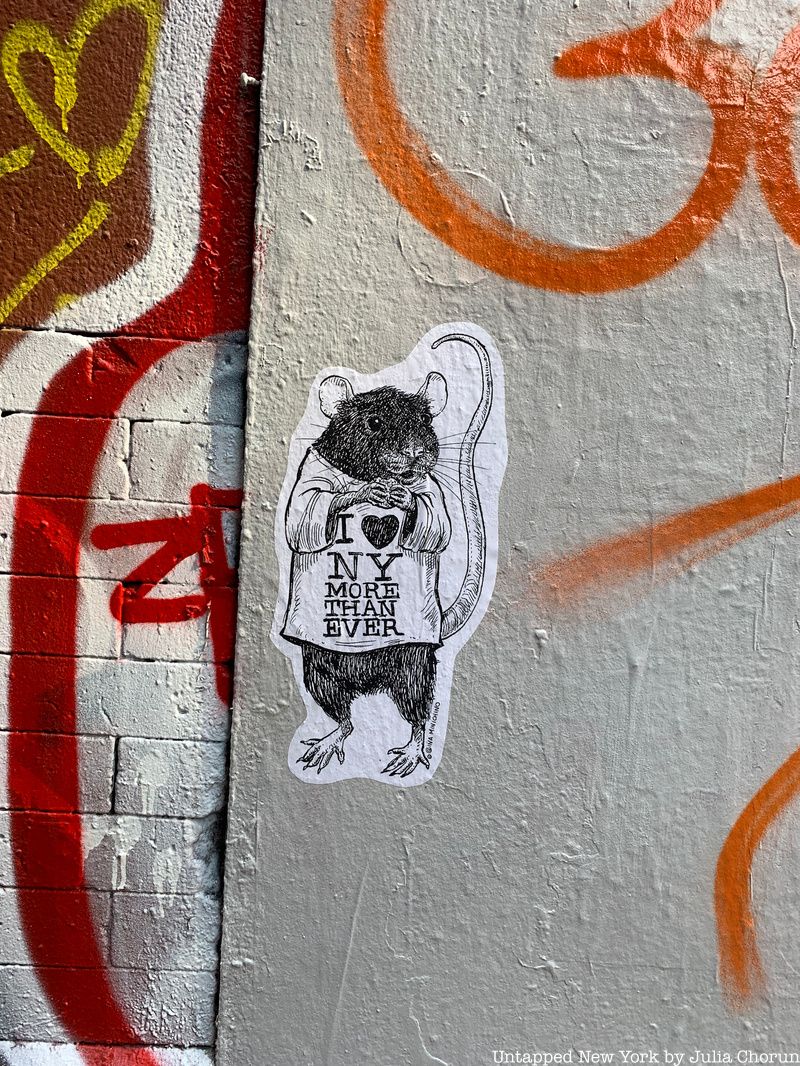
Some wild postings you’ll see on our streets are risks that defiantly push the envelope, and others are ads paid to private property owners in fear of fines. Still, both forms offer a two-way form of communication between the advertiser and their target, and as long as New York City wild postings retain their streak of originality and artistic nature, the term wild isn’t going anywhere.
Next, read about the 10 Secrets of the Brooklyn Subway!
Subscribe to our newsletter